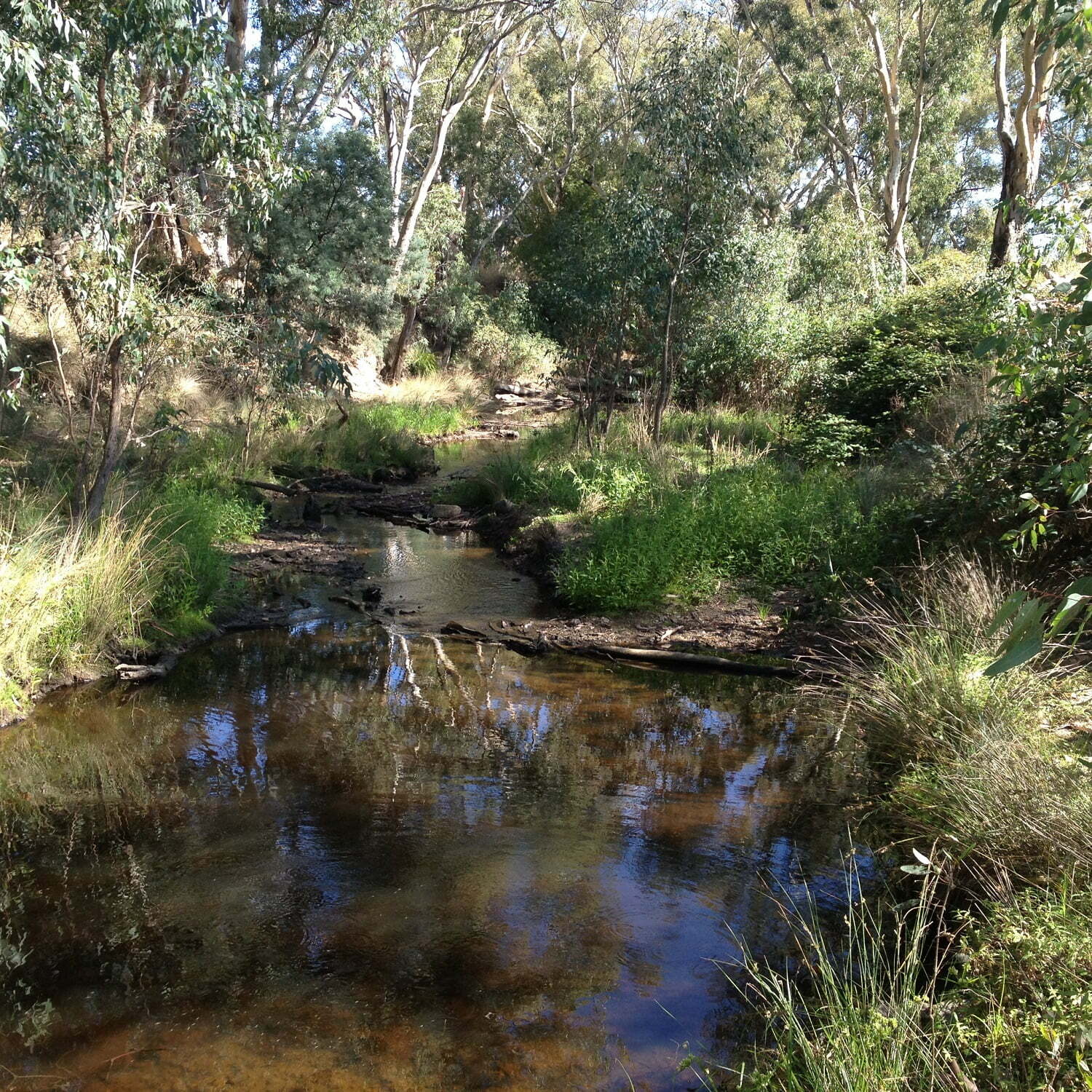Wetlands are important for supporting threatened species. Australia’s wetlands are home to a diverse range of species, including plants, birds, fish, frogs, reptiles and mammals. Many of these species rely on wetlands for their survival, especially during important life cycles stages such as resting, feeding and breeding. In addition to endemic species, many of the threatened species in wetlands are migratory, and travel long distances in search of wetlands for food and roosting sites.
The 27th edition of Wetlands Australia highlights the actions by community groups, Indigenous organisations, universities and research institutions, non-government organisations and state and federal governments to raise awareness, restore and manage wetlands for the benefit of threatened birds, mammals, fish and frogs. Partnerships and collaborations have lead to some surprising discoveries and serendipitous outcomes. It highlights actions to raise awareness, restore and manage wetlands for the benefit of threatened birds, mammals, fish and frogs by community groups, Indigenous organisations, universities and research institutions, non-government organisations and state and federal governments.
To read the magazine follow this link.
Why are wetlands important?
Wetlands are a critical part of our natural environment. They protect our shores from wave action, reduce the impacts of floods, absorb pollutants and improve water quality. They provide habitat for animals and plants and many contain a wide diversity of life, supporting plants and animals that are found nowhere else. Wetlands provide an important range of environmental, social and economic services. Many wetlands are areas of great natural beauty and many are important to Aboriginal people. Wetlands also provide important benefits for industry. For example, they form nurseries for fish and other freshwater and marine life and are critical to Australia’s commercial and recreational fishing industries.
Wetlands are the vital link between land and water.
Australia’s wetlands
Australia currently has 65 Ramsar wetlands that cover more than 8.3 million hectares. Ramsar wetlands are those that are representative, rare or unique wetlands, or are important for conserving biological diversity. These are included on the List of Wetlands of International Importance held under the Ramsar convention. Australia also has more than 900 nationally important wetlands. These are wetlands that are a good example in a particular area, an important habitat for native species, or that have outstanding heritage or cultural significance. Nationally important wetlands are listed on the directory of important wetlands. All Australia’s internationally and nationally important wetlands are listed on the Australian Wetlands Database.
Text from the Australian Government’s Department of Environment website.
